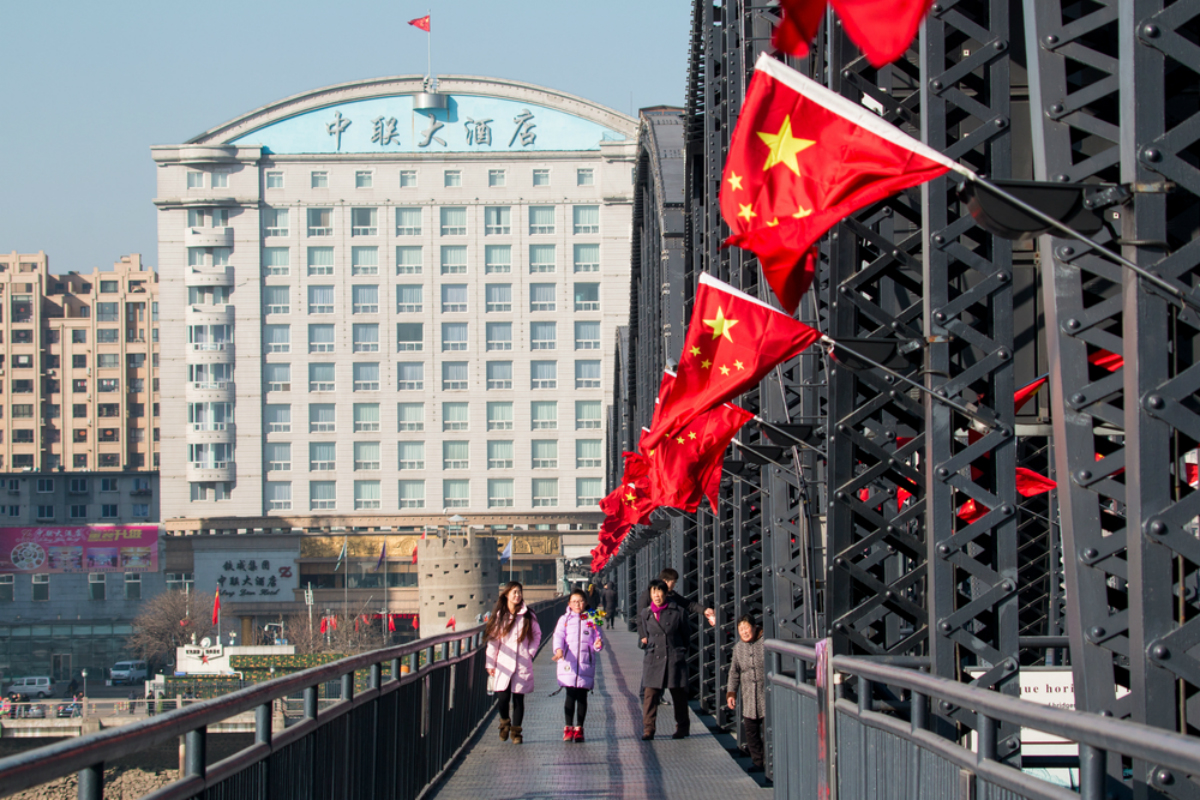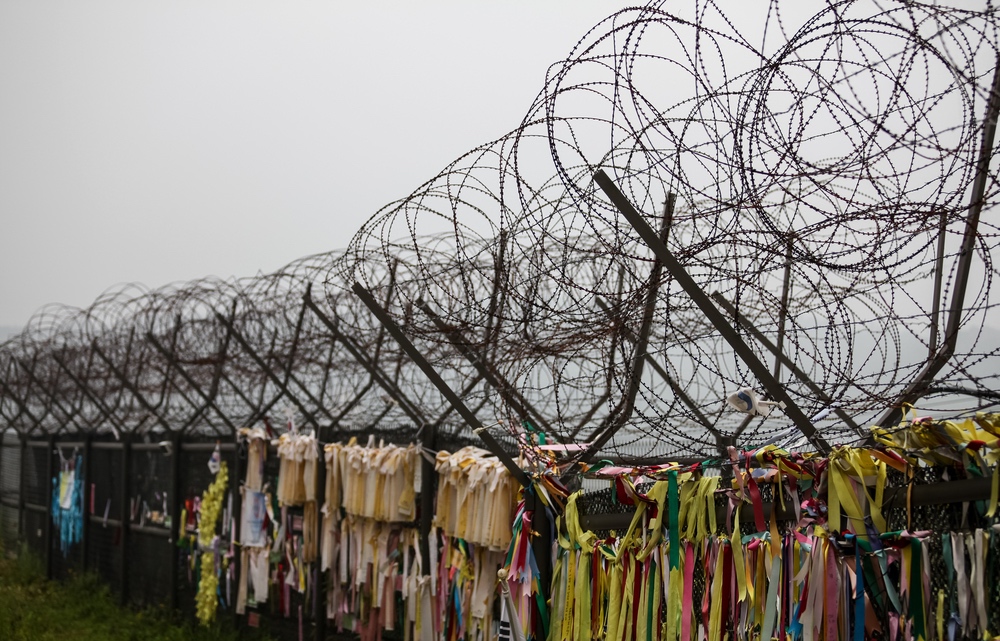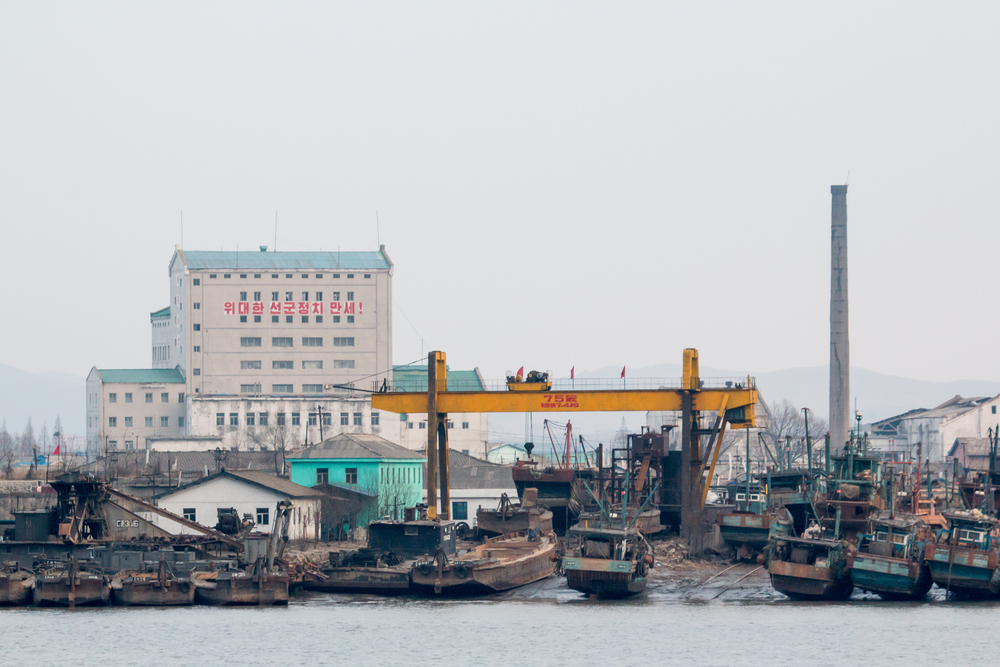
North Korean threat tests US-Chinese relations
Analysis. President Donald Trump plans to host China's President Xi Jinping at a two-day summit in Florida in April. North Korea's nuclear breakout will be high on the agenda between the leaders of the world's two largest economies. Nothing less than a grand bargain is needed now, when East Asia is facing its most acute and trying security challenge in many years, writes Börje Ljunggren, Senior Associate Fellow at the Swedish Institute of International Affairs and Sweden's former Ambassador to China.
Publicerad: 2017-03-28
BEIJING: With the threat from North Korea’s nuclear breakout growing daily, repair of Sino-US relations has assumed new urgency. The planned meeting in Florida between the US and Chinese presidents, Donald Trump and Xi Jinping, on 6-7 April could bring their relations and the security situation in Northeast Asia to a new crossroads.
The gravity of the threat was highlighted when North Korea fired a rocket engine, with the capacity to propel an intercontinental ballistic missile, on March 18 while US Secretary of State Rex Tillerson visited Beijing. In a short time, North Korea has become a de facto nuclear power conducting, just in 2016, two nuclear tests and 21 missile tests and this year at least six increasingly advanced missile tests.
Within a few years, the regime is expected to have missiles with nuclear warheads that could reach not only Seoul, 55 kilometers from the North Korean border, and Tokyo, but also American bases in Japan, Guam and, ultimately, the west coast of the United States.
Trump has tweeted that this won’t happen and on route to Beijing, Tillerson declared that the time of “strategic patience has ended” and that military action is an option. Later he also suggested, though, that China and the United States are at “somewhat of a historic moment” in their relationship.
East Asia is facing its most acute and trying security challenge in many years, and established major powers may not have viable solutions. Nothing less than a grand bargain is needed. The international community has failed to contain a failed state, one as poor, backward and isolated as North Korea, and allowed a grave security dilemma to emerge.
North Korea’s nuclear development has, in fact, been on the international agenda for more than 20 years.
After the collapse of the Soviet Union, on which the country was deeply dependent for its subsistence, substantial international humanitarian assistance staved off mass starvation. An ambitious Western initiative was launched in 1995 when the Korean Peninsula Energy Development Organization, or KEDO, was founded by the United States, South Korea and Japan to implement the 1994 US-North Korea Agreed Framework intended to freeze North Korea’s indigenous nuclear power plant development centered at the Yongbyon Nuclear Scientific Research Center, suspected of being a step in a nuclear weapons program. KEDO’s principal activity was to construct two light-water reactor nuclear-power plants in North Korea to replace planned reactors. The project was ultimately terminated, primarily because of North Korea’s continued and extended failure to perform required steps in the project agreement.
During the last year of the Clinton administration, North Korea’s Kim Jong-il had an opportunity to put his country on a new path as the United States and North Korea reached an advanced stage in their bilateral negotiations. Secretary of State Madeleine Albright made an historic visit to Pyongyang and President Bill Clinton stood ready to fly to Pyongyang to sign an agreement. But Kim dragged his feet and the opportunity was lost as President George Bush rather than Al Gore entered the White House and labeled the country part of an axis of evil along with Iran and Iraq.
All this happened in the era of comprehensive inter-Korean dialogue driven by the “sunshine policy” of South Korea’s President Kim Dae-jung, the 2000 Nobel Peace Prize laureate. Kim was determined to make history, and in 1999 even went to Pyongyang for an inter-Korean summit. As chairman of the European Council, then Swedish Prime Minister Göran Persson went to Pyongyang in the spring of 2001, heading a troika including EU High Representative for Foreign and Security Policy Javier Solana and EU Commissioner Chris Patten. They held five hours of talks with Kim and a two-year moratorium on missile tests was agreed, but in late 2002 it became evident that North Korea still pursued its nuclear development program. A less than predictable and promising period abruptly ended.
 Prayer ribbons attached to a barbed wire fence near the DMZ between North and South Korea, symbolizing the messages of hope, dreams and wishes for unification between North and South. Photo: Shutterstock
Prayer ribbons attached to a barbed wire fence near the DMZ between North and South Korea, symbolizing the messages of hope, dreams and wishes for unification between North and South. Photo: Shutterstock
As a way out of the impasse, the Six-Party talks were launched in 2003 with China as the convener and Japan, North Korea, South Korea, Russia and the United States participating. Certain results were achieved, but none lasted. North Korea went ahead with its nuclear program and in 2006 undertook its first nuclear test. No talks have been held since 2009.
Instead, the UN Security Council agreed to a sequence of sanctions, with Chinese consent. Sanctions have not, however, had the intended effects, as North Korea has since pursued its nuclear ambitions with increased single-mindedness.
Beijing and Washington have each accused the other of being the main cause for the lack of results. Beijing blames Washington’s unwillingness to enter into serious direct talks with Pyongyang, and Washington criticizes Beijing for failing to use its influence as North Korea’s economic life line. Steps have been taken, each too small and too late.
Beijing contends that its ability to influence Pyongyang is much smaller than generally assumed. In the meantime, Beijing–Pyongyang relations have become increasingly strained. Even while Beijing strives to maintain the status quo, it would prefer that North Korea undertake economic reforms of the kind that China and Vietnam have pursued. Mutual distrust has grown, and Kim Jong-un has not visited Beijing since assuming power in December 2011.
A string of North Korean missiles and tests, combined with Trump’s ascent to power, has created a new sense of urgency. Beijing does not want tensions to escalate on the Korean Peninsula, instead urging all parties to cool down. Signaling its preparedness to take further steps, Beijing has halted coal imports from North Korea, which generate close to one third of the nation’s foreign-exchange earnings.
 Sinuiju, North Korean border town, on the Yalu river, as seen from Dandong, on the Chinese side of the Sino-Korean Friendship Brigde. Photo: Shutterstock
Sinuiju, North Korean border town, on the Yalu river, as seen from Dandong, on the Chinese side of the Sino-Korean Friendship Brigde. Photo: Shutterstock
From Beijing’s perspective, US plans to install a Terminal High Altitude Area Defense missile shield, THAAD, in South Korea constitutes a serious escalation, and as a consequence, relations between Beijing and Seoul have deteriorated.
South Korea’s internal politics with the exit of President Park Geun-hye’s, fresh elections in early May and a likely victory for liberal Moon Jae-in and his Minjoo Party may leave THAAD on the drawing board. The party’s longstanding view is that cooperation and active engagement, not military deterrence, is key to resolving North Korea’s nuclear ambitions.
Washington wants firm actions against Pyongyang, and Beijing wants talks that could produce a North Korean moratorium on tests, an end to annual US-South Korean military exercises and cancellation of THAAD. The Six-Party talks should be resumed, a non-option for the US. Some form of Three-Party talks – including the United States, China and North Korea – may be an alternative.
The meeting of the US and Chinese presidents in Florida in April may be more likely to produce tangible results than just a few weeks ago. While in Beijing, Rex Tillerson vowed that the United States is ready to develop relations with China “based on the principles of non-confrontation, no conflict, mutual respect and win-win cooperation,” wording from a Chinese songbook.
North Korea will be high on the agenda during the meeting between leaders of the world’s two largest economies. Perhaps history can lay the foundation for a surprise grand bargain on Korea, making the East Asian Peace less fragile. Clearly, there is no military option – it could cost more than a million lives and do irreparable damage to US-Chinese relations.